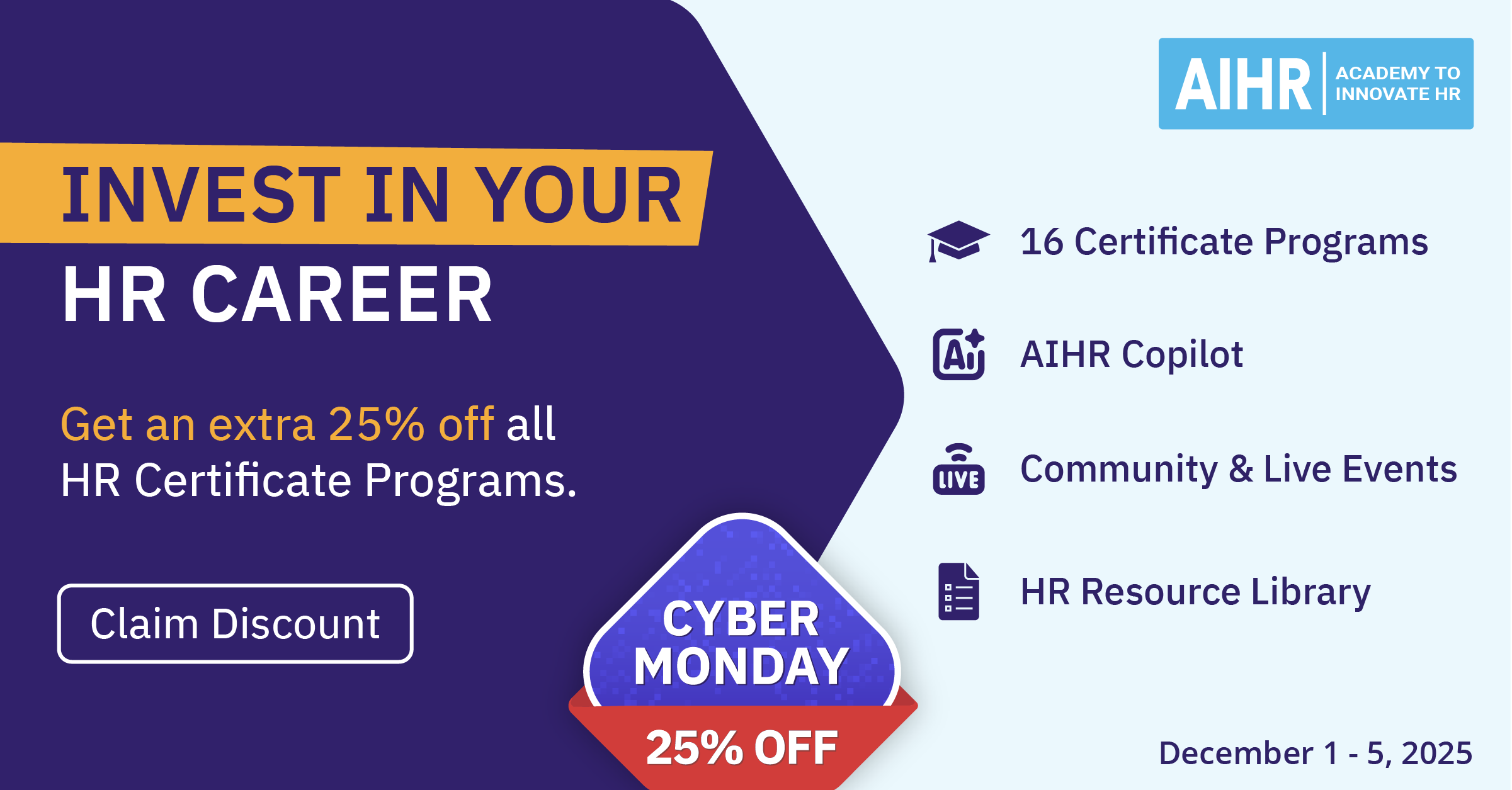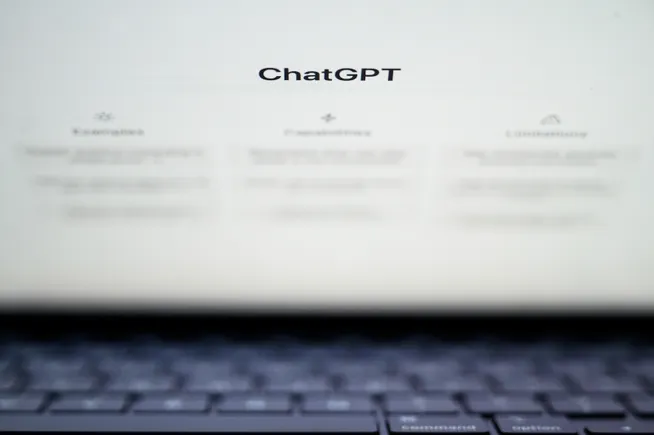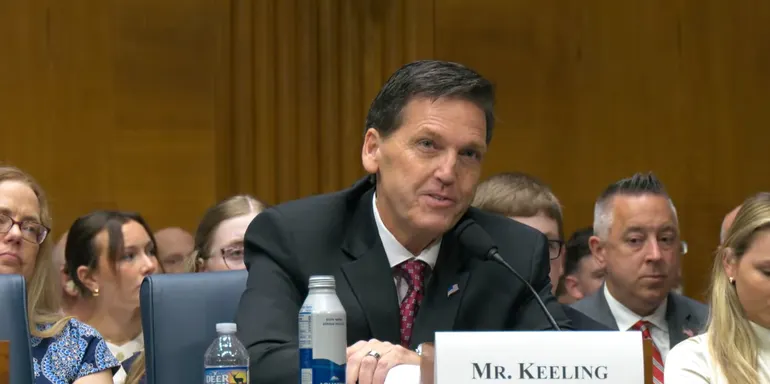At Ferring Pharmaceuticals, a leader in reproductive medicine, uro-oncology and specialty areas, growth goals are ambitious—including doubling sales in the next five years. Critical to that trajectory will be a future-ready workforce; at Ferring, that means talent equipped with the capabilities to drive global growth in an environment where they feel supported and motivated by mission, according to Purvi Tailor, vice president and head of HR for Ferring U.S.
As Ferring’s reach becomes increasingly global, Tailor says, the organization is leaning into skills development, borderless internal mobility and the concept that each employee is an active contributor to culture. Tailor—who joined the pharma company in 2021 after HR leadership roles at Johnson & Johnson and American Express, among other firms—shared with HR Executive how these components are bringing the future-ready workforce to life at Ferring.
HR Executive: What does a future-ready workforce look like at Ferring?
Tailor: At Ferring, particularly in the U.S., we are on a fairly ambitious growth trajectory; we aim to double sales by 2030, [which] outpaces the pharmaceutical average. To support that, there’s a lot of work that we’re doing around building a future-ready workforce—from a technical skill- and capability-building perspective, as well as from a leadership and culture perspective.
Technology will definitely be shifting the skills and capabilities that we need in the near term, and certainly in the long term, in ways that we probably haven’t even imagined yet. Part of our approach is upskilling on the technical side, and then the other piece is around leadership. The future-ready workforce, in my mind, absolutely needs to be one that has curiosity, has adopted a growth mindset and has the willingness and the agility to learn new ways of doing things. It’s one that is adept at navigating ambiguity and change. Those skills are going to be core to helping people navigate the next five, 10, 20 years of work.
HR Executive: How are you building that workforce?
Tailor: We recently launched a career hub in September. As part of that, we have outlined the core capabilities and the technical capabilities that are needed for roles across the company. An employee can go in and say, “I’m currently a manager of HR and benefits. I’d like to become a director. What are the core skills, capabilities and the knowledge that I would need to get there?” Employees are served up options on how to upskill in the relevant areas identified in the career hub. This will evolve and grow. We’re making sure we are giving employees the resources that they need to seek out development that can be very actively supported by leadership.
See also: The skills ‘chess’ game: How Unum is redeploying talent in real time
HR Executive: How does the career hub align with broader organizational goals?
Tailor: Internal development and mobility have always been a priority at Ferring. Previously, we had programs that were focusing on leadership development and within functions, there was lots of availability of technical training that would help foster development. Now, we’re really raising both the messaging and the bar in terms of what we expect of employees to drive a high-performance culture, from a global perspective. It’s a more holistic message, and a more motivational message.
The career hub plays nicely into this because it’s the first of its kind at Ferring, and it is truly a global experience. If you wanted to work in marketing in another country, you could go look at if the capabilities are different in the U.S. or in Italy or another market. It opens up the windows that people can look to in terms of how they develop their careers. And it could be global, and it doesn’t have to be within the same vertical. It makes it more simple for employees to own their development and then engage with their managers, and vice versa, in the right conversations.
HR Executive: What is the cultural aspect of your work to build a future-ready workforce?
Tailor: On the culture side, we do have quite a significant focus right now on culture and are being very intentional about culture. Since our company is growing and changing very fast, part of that is obviously retaining the pieces of our culture that we value and that we know resonate with employees and those that have enabled us to get to where we are today—but also driving the new behaviors that will help us get to the place that we want to. That has also been an area where we continue to build skills awareness, and we have quite a significant body of work across the world on culture right now. It’s all part of helping us build the workforce that we need for the future.
HR Executive: Where do some organizations go wrong when it comes to building future-ready cultures?
Tailor: Some people view culture as an HR initiative. We are making it clear that culture belongs to everyone and is created by everyone within the organization, simply by the way you show up at work every single day. Of course, HR has a role to play, as well as senior leadership, but it’s important to make sure that everybody feels included in the culture process and that they feel accountable for living into that culture. It’s not just an HR thing. We are all leading it.
HR Executive: Beyond development and culture, where else do you see the opportunity to drive retention in today’s market?
Tailor: I always go back to purpose, and that’s perhaps because we’re in the industry that we’re in: Our purpose is to help people live healthier lives. That is something I think can resonate with the majority of the population. Internally, it goes back to culture. We are a people-first culture—whether it’s our employees, the physicians we work with or the patients we serve.
I’ll be here for four years at the end of this year, and I’ve been very impressed at the patient-centric approach we have. The voice of the patient is very much part of the fabric at Ferring, and employees can connect to that. Each of us plays a role in helping that patient get access to treatment.
We’re in the business of making lives and saving lives, which is a pretty powerful message, and it’s one that you can very much feel is part of the fabric of this culture. It’s hard to replicate, and it really does help with retention.
HR Executive: What is the appetite for AI adoption at Ferring?
Tailor: It’s a mixed bag. In any change moment, you’ll have a segment of the population that is super curious about experimenting with things that we haven’t even necessarily said they should be and that are also fully leveraging the technology that we’ve made available. We definitely have that, and we’re proactively communicating to employees about the ways they should and should not, for instance, use ChatGPT to support any work they’re doing. There are some places where we’re being very proactive and putting tools in the hands of people, and then there are spaces where we now need to get in front of where many of our employees are. And then there’s a segment of the population that is in wait-and-see mode—the skeptics. These are groups that aren’t quite sure that this will stick and aren’t exactly clear on what does it mean for them.
In the areas where we’re going deeper in terms of functions that could utilize AI at scale, we’re seeing the curiosity more than the skepticism, which is great. It’s all part of creating that future-ready workforce.





















